Gartner’s Magic Quadrant Ranks Top HCI Vendors
Cisco, Nutanix, Pivot3 and VMware are just some of the hyper-converged infrastructure providers who made Gartner’s new Magic Quadrant for HCI.

Hyper-Converged Innovation Engine Full Steam Ahead In 2019
Businesses are placing their bets on hyper-converged infrastructure to fulfill their business-critical enterprise applications and data center simplification needs, according to Gartner’s new Magic Quadrant for Hyper-Converged Infrastructure.
Hyper-converged vendors are expanding their strategy to embrace hybrid and multi-cloud deployments, as well as offering new software-only and reference architecture options, according to Gartner’s report.
The IT research firm predicts that by 2022, 75 percent of enterprise generated data will be created and processed outside a traditional, centralized data center or cloud, up from less than 10 percent in 2018. To accommodate this shift, HCI leaders are beginning to target the needs of remote offices and edge environments.
Here are the 14 vendors that made Gartner’s Hyperconverged Infrastructure Magic Quadrant, along with assessment of each company’s strengths and weaknesses in the space.

Hyper-Converged Infrastructure Research Methodology
To be included in Gartner’s Magic Quadrant, vendors must provide high level functionality including an integrated software stack that includes unified management and software-defined compute, storage and networking; combined virtual machine and software-defined storage resources both running on the same servers; virtualize local, internal and direct-attached storage; and have storage and data management services integrated in the offering. On the business side, vendors must have a minimum of 100 production customers in at least two major geographies for each product to be evaluated; provide complete level 1 and level 2 support; and deliver products that meet user requirements in key HCI use cases.
The Magic Quadrant ranks vendors on their ability to execute and completeness of vision and places them in four categories: Niche Players (low on vision and execution), Visionaries (good vision but low execution), Challengers (good execution but low vision) and Leaders (excelling in both vision and execution).
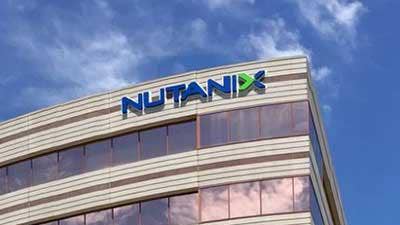
Leader: Nutanix
The fast-growing hyper-converged infrastructure pioneer, founded nearly a decade ago, has transitioned itself into a software-only HCI powerhouse. Gartner ranked Nutanix No.1 in both vision and execution on the Magic Quadrant. The San Jose, Calif.-based company launched its Enterprise Cloud OS in 2011, which combines storage, hypervisor, security software-defined networking and management. Nutanix has recently introduced new software capabilities and hardware models targeting edge and branch office deployments. The company has expanded its initial focus on applications within the data centers of larger organizations to broaden its customer base and support for non-x86 servers.
Strength: Customers value Nutanix’s flexibility which accommodates a broad range of user preferences for hypervisors, server platforms and deployment models, said Gartner.
Weakness: The ability to perform one-click HCI software upgrades does not extend to upgrades of firmware on some third-party platforms where Nutanix’s Enterprise Cloud OS is deployed, Gartner said.
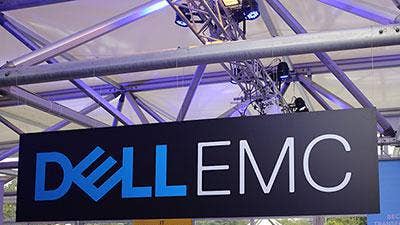
Leader: Dell EMC
The Round Rock, Texas-based infrastructure giant has an extensive hyper-converged product line to meet diverse customer needs led by its turnkey VxRail appliance and rack-scale software-defined solution VxRack SDDC – both of which are co-engineered with VMware. Dell EMC ranked No. 2 in execution and No. 3 in vision on the Magic Quadrant. The company has been focusing on broadening PowerEdge server model choices for HCI, simplifying the user experience through automation of both the underlying hardware infrastructure and software, and delivering product enhancements that extend into service delivery.
Strength: As a result of marketing investments and sales execution, Gartner said VxRail is now deployed across a wide range of verticals and geographies, and is being shortlisted by most Gartner end users looking to buy HCI.
Weakness: Dell EMC does not have a single management stack across different HCI solutions in its portfolio, according to Gartner.
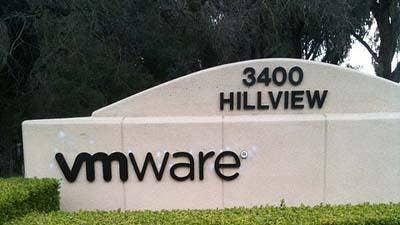
Leader: VMware
The server virtualization leader leverages its software assets to deliver hyper-converged products that can be deployed on more than 500 certified x86 platforms. VMware Cloud Foundation offers customer a full-stack HCI experience with a complete set of software-defined services for compute, storage, networking, security and cloud management. Palo Alto, Calif.-based VMware ranked No. 2 in vision and No. 3 in execution on the Magic Quadrant. VMware’s HCI solutions includes ESXi hypervisor, vSAN storage, and vCenter Server for management. VMware Cloud on AWS is now starting to gain traction for business looking for Cloud Foundation as a service in the public cloud and to enable hybrid cloud workflows.
Strength: Gartner says VMware offers the broadest implementation choices for HCI, including as software only, reference architecture, turnkey software appliance, or HCI as-a-service on public cloud.
Weakness: VMware lacks advanced data services like data protection and file and object services, forcing end users to integrate additional solutions, according to Gartner.
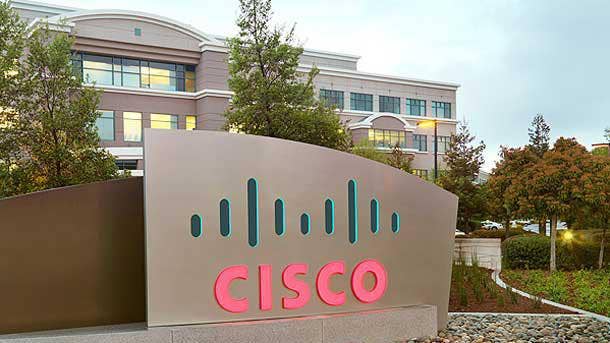
Leader: Cisco
The networking giant launched HyperFlex in 2016, which integrates Cisco’s unified computing system (UCS) that combines compute, network fabric, cloud-based management, third-party hypervisors and its HX Data Platform data and storage management software. San Jose, Calif.-based Cisco ranked No. 4 in vision and No. 5 in execution on the Magic Quadrant. HyperFlex is only available on Cisco servers. The company drives sales through partner and customer education programs, leveraging its Proof of Value program for head-to-head comparisons against competitors, and by providing partners with competitive takeout incentives. Cisco recently announced the expansion of HyperFlex into branch offices and remote locations.
Strength: HyperFlex customers are benefiting from one-stop-shop support for Cisco’s compute, networking, management, security, application performance and multi-cloud application life cycle management capabilities, Gartner said.
Weakness: Organizations standardized on competing server suppliers cannot utilize that hardware to run Cisco’s HX platform, as Cisco has no hardware-independent offering and no server integration partners.
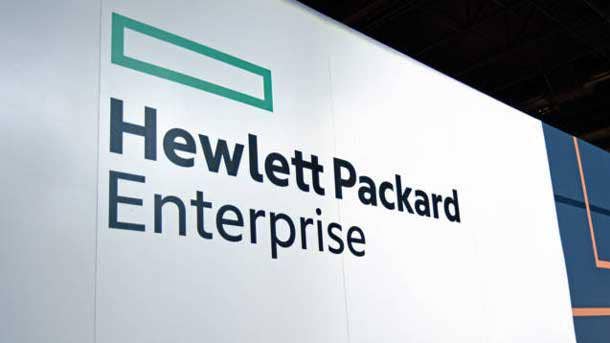
Leader: Hewlett Packard Enterprise
Hewlett Packard Enterprise launched HPE SimpliVity in 2017 which integrates HPE servers, third-party server virtualization software, data services for storage efficiency functions and the option of software-defined networking through the company’s acquisition of Plexxi. Palo Alto, Calif.-based HPE ranked No. 4 in execution and above average in vision on the Magic Quadrant. The company has expanded hypervisor support and introduced products leveraging HPE’s latest-generation servers, models without hardware-based acceleration and solutions with integrated networking. In large data centers, HPE SimpliVity is often implemented together with HPE Synergy and HPE OneSphere.
Strength: As part of HPE SimpliVity, the company offers GreenLake Flex Capacity for consumption-based pricing of HCI and automated technology refresh management.
Weakness: Competing HCI vendors are actively marketing and winning deals based on their ability to run their software on HPE ProLiant servers, said Gartner. Customers standardized on competing server suppliers cannot use Simplivity as HPE has no server-independent offering.

Challenger: Pivot3
Pivot3 is a relatively smaller HCI player who Gartner ranks alongside IT giants like Cisco, Dell EMC and Huawei. Pivot3’s Acuity HCI platform features policy-based QoS software, serves multiple, mixed-application workloads, and targets a broad range of applications for high-density and virtualized workloads. Broader functionality of Acuity, including NVMe-level high-performance offerings, has led to significant increases in average deal sizes and expanded HCI capabilities for hybrid clouds and consolidation of virtualized workloads. Pivot3 ranked above average in execution and among the middle of the pack in vision on the Magic Quadrant.
Strength: Gartner customers praise Pivot3’s pre- and post-sales support and ease of use. The company’s partnership with Lenovo has extended Pivot3’s geographical reach.
Weakness: Among Gartner clients, Pivot3 has yet to gain the broad market recognition to make the shortlist for customers seeking HCI implementations beyond VDI and related video analytics applications.

Challenger: Huawei
The China-based communications giant’s FusionCube HCI platform includes storage, Huawei’s own KVM-based and Xen-based FusionSphere hypervisors, as well as support for VMware -- all managed by its FusionCube Center. FusionCube is used for a broad range of applications, but primarily by midsize enterprises for high-density, server-virtualized workloads and database and mission-critical applications including Oracle and SAP HANA. Huawei ranked among the middle of the pack in both vision and execution on the Magic Quadrant. The HCI solution also integrates with AWS for backup and Microsoft Azure and Azure Stack.
Strength: Huawei customers benefit from the vendor’s strong foundation of partners such as Oracle, SAP, VMware, Microsoft and Red Hat. Gartner said FusionCube is now well-establish in Asia and EMEA.
Weakness: Huawei has limited market presence, third-party support and certification for FusionCube and related products in North America. The company is not always consistent with its ability to deliver promised features and functions, said Gartner.

Visionary: Microsoft
Microsoft Windows Server 2016/2019 Datacenter Edition provides the core functionality to Microsoft HCI, which includes its Hyper-V server, Storage Spaces Direct software virtualization and Microsoft System Center. The Redmond, Wash-based software giant ranked No. 5 in vision and among the middle of the pack in execution on the Magic Quadrant. For Microsoft, the hypervisor and storage and data management services are no additional charge features of a larger software offering, with public cloud being an integral part of the strategy. The company drives leads by position Microsoft HCI as a key component of Microsoft Cloud that includes Azure and Azure Stack.
Strength: Customers of Windows Server 2016/2019 Datacenter Edition can implement a full HCI stack without licensing additional software from other vendors.
Weakness: Gartner said organizations that have standardized on a non-Microsoft hypervisor or a multi-cloud strategy will have challenges gaining the full value of Microsoft HCI.

Niche Player: Scale Computing
Scale Computing unveiled its flagship HC3 offering in 2012 that integrates its own KVM-based hypervisor with software-defined storage, networking and web-based multi-cluster management. The solution is available as software-only to managed service providers and delivered as a Scale-branded appliance through OEMs to end users. Scale Computing, who received $35 million in recent funding round, ranked among the middle of the pack in both vision and execution on the Magic Quadrant. The company has recently introduced HC3 Cloud Unity DRaaS, a fully managed service for disaster recovery running HC3 software on Google Compute Engine, as well as HC3 Edge for centralized multi-cluster management.
Strength: Gartner said Scale Computing provides a low-cost, feature-rich offering for distributed locations of large enterprises, while also serving the needs of midsize enterprises.
Weakness: The company supports only its internally developed hypervisor based on KVM. Scale Computing is also not an option for customers standardized on VMware ESXi or Microsoft Hyper-V, according to Gartner.
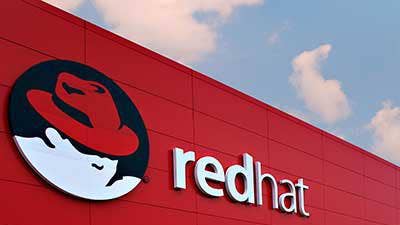
Niche Player: Red Hat
Released in 2017, Red Hat’s Hyper-Converged Infrastructure for Virtualization sits on top of its own KVM hypervisor and Gluster storage virtualization. Last year, the company released its Hyper-Converged Infrastructure for Cloud packaged with its Ceph Storage and OpenStack solutions. The HCI cloud offering includes integrated deduplication and compression capability via its acquisition of Permabit. Red Hat ranked among the middle of the pack in vision and near the bottom in execution on the Magic Quadrant. The company, which is set to be acquired by IBM this year, has built a dedicated marketing function to drive awareness and sales enablement around HCI.
Strength: Customers can leverage Red Hat’s extensive OS, virtualization, storage and cloud management toolset to manage HCI.
Weakness: Gartner said Red Hat was late to market with hyper-converged offerings and its feature set is more tied to other domains, not HCI.
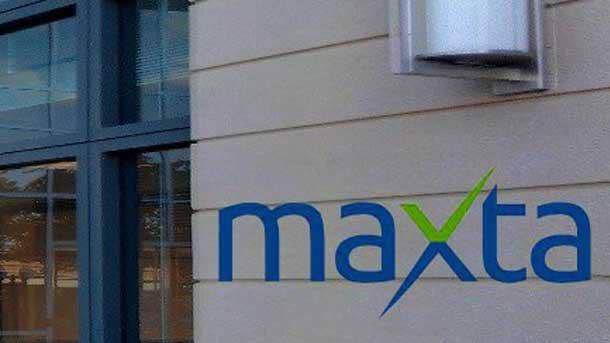
Niche Player: Maxta
Santa Clara, Calif.-based Maxta offers its Hyperconvergence Software that enables organizations to create hyper-converged architecture from the x86 hardware of choice. The solution offers support for VMware ESXi, Red Hat Virtualization and Red Hat OpenShift Container Platform, while it can be deployed with most major server vendors such as Dell EMC, Cisco, HPE Huawei and Lenovo. Maxta ranked among the bottom in both vision and execution on the Magic Quadrant. The company has feature-rich data services, granular quality of service and application configuration capabilities.
Strength: Gartner said customers comment on lower-than-competition total cost of ownership due to better hardware utilization and the ability to transfer software licenses during hardware refreshes.
Weakness: Gartner clients did not frequently shortlist Maxta for large-scale deployments because of hesitations to make large investments in a relatively smaller software vendor.
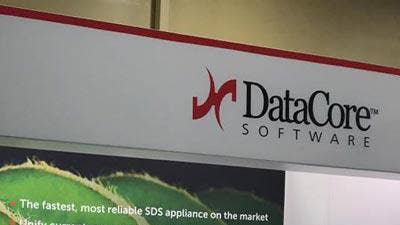
Niche Player: DataCore
Although DataCore has historically been known as a software-defined storage and storage virtualization provider, the company launched Hyperconverged Virtual SAN in 2014 based on its SDS SANsymphony product. Ft. Lauderdale, Fla-based Datacore has a variety of storage virtualization, data protection and data and replication services. The company is ranked among the bottom in both vision and execution on the Magic Quadrant. Features inside DataCore’s offering include adaptive parallel input/output (I/O) technology to improve overall I/O throughput and response times.
Strength: Customers can scale storage and compute independently while leveraging existing SAN solutions and x86 servers through a single managed DataCore solution, according to Gartner.
Weakness: DataCore cluster upgrades tend to be complicated and are not fully automated, according to Gartner. Additionally, the company lacks visibility in the HCI space and is rarely considered for large enterprise deployments.

Niche Player: StorMagic
StorMagic develops storage virtualization software for use in storage servers and to deliver HCI solutions. StorMagic’s SvSAN, delivered as software only, leverages third-party hypervisors and integrates with their management consoles. StorMagic ranked among the bottom in both vision and execution on the Magic Quadrant. Over the past year, SvSAN has enhanced performance with predictive storage caching and enhanced security capabilities with software-based encryption. The U.K.-based company’s primary focus is on the remote office/branch office (ROBO) and edge requirements for larger enterprises.
Strength: Gartner said StorMagic’s product provides low-cost, high-availability edge and ROBO deployments with minimal storage, CPU, memory, network infrastructure and network bandwidth requirements.
Weakness: Leaders of organizations with ELAs from VMware, Microsoft or Nutanix have difficulty justifying the purchase of SvSAN software, according to Gartner.
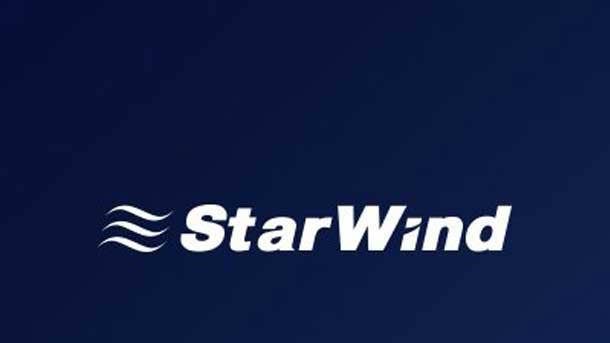
Niche Player: StarWind
The Middleton, Mass.-based developer of storage virtualization software delivers HCI solutions targeting ROBO environments and the SMB market. The company offers its StarWind HyperConverged Appliance and StarWind Virtual SAN HCI software that enables hardware-agnostic solutions. StarWind ranked last in both vision and execution on the Magic Quadrant. The company has recently added features such as real-time analytics for system monitoring, hybrid cloud capabilities and a wide range of public cloud services such as AWS, Azure and google Cloud.
Strength: StarWind offers low-cost HCI solutions including a minimum of one node and some free services for installation and configuration. Gartner said customers like the high level of customization the company provides.
Weakness: Gartner said StarWind must build brand awareness among large enterprises to make it easier for IT teams to justify the selection of a lesser-know provider. Additionally, global support may be difficult due to limited partnerships with system providers.